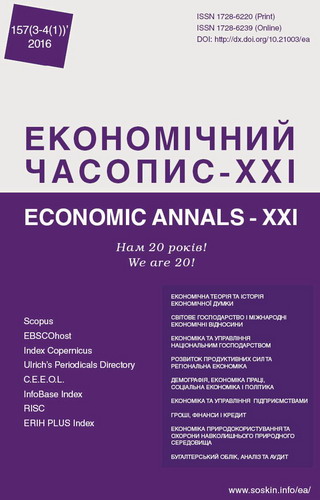Identification of the new research areas and development of the existing ones by methods of morphological analysis and synthesis
Identification of the new research areas and development of the existing ones by methods of morphological analysis and synthesis
Author(s): Yuliya Vertakova, Maria Klevtsova, Tatyana BabichSubject(s): Business Economy / Management, Economic policy
Published by: Institute of Society Transformation
Keywords: Morphological Analysis; Regional Economics; Novelty; Criterion of Scientific Novelty
Summary/Abstract: The paper presents methodical recommendations on solution of problems of scientific research in the development of scientific schools, because the choice of long-term research themes is rather complicated and time-consuming process. Also, the choice of research topics is iterative. Economists can determine the direction of development of scientific research using methods of forecasting. It is topical to use the variety of heuristic forecasting methods techniques of the morphological analysis which allow structuring unquantifiable elements and to synthesize the new ones on their basis. Thus, this method effectively combines quantitative and qualitative approaches to research. The purpose of the article is the presentation of technology and the methodological recommendations for the main stages of the using of method of morphological analysis and synthesis applied to scientific research. As an object under study, we examined 29 dissertation researches developed and defended by the teachers of Southwest State University in the last fifteen years (2001-2015) devoted to the solution of problems in various object-subject areas within the scientific school, created at University. The paper proves carrying out the morphological analysis and synthesis of scientific researches on the basis of criteria of combinative and element novelty and quality criteria as well that allowed generating new directions of research and developing the existing ones.
Journal: Економічний часопис - ХХІ
- Issue Year: 157/2016
- Issue No: 03+04 (1)
- Page Range: 4-7
- Page Count: 4
- Language: English

